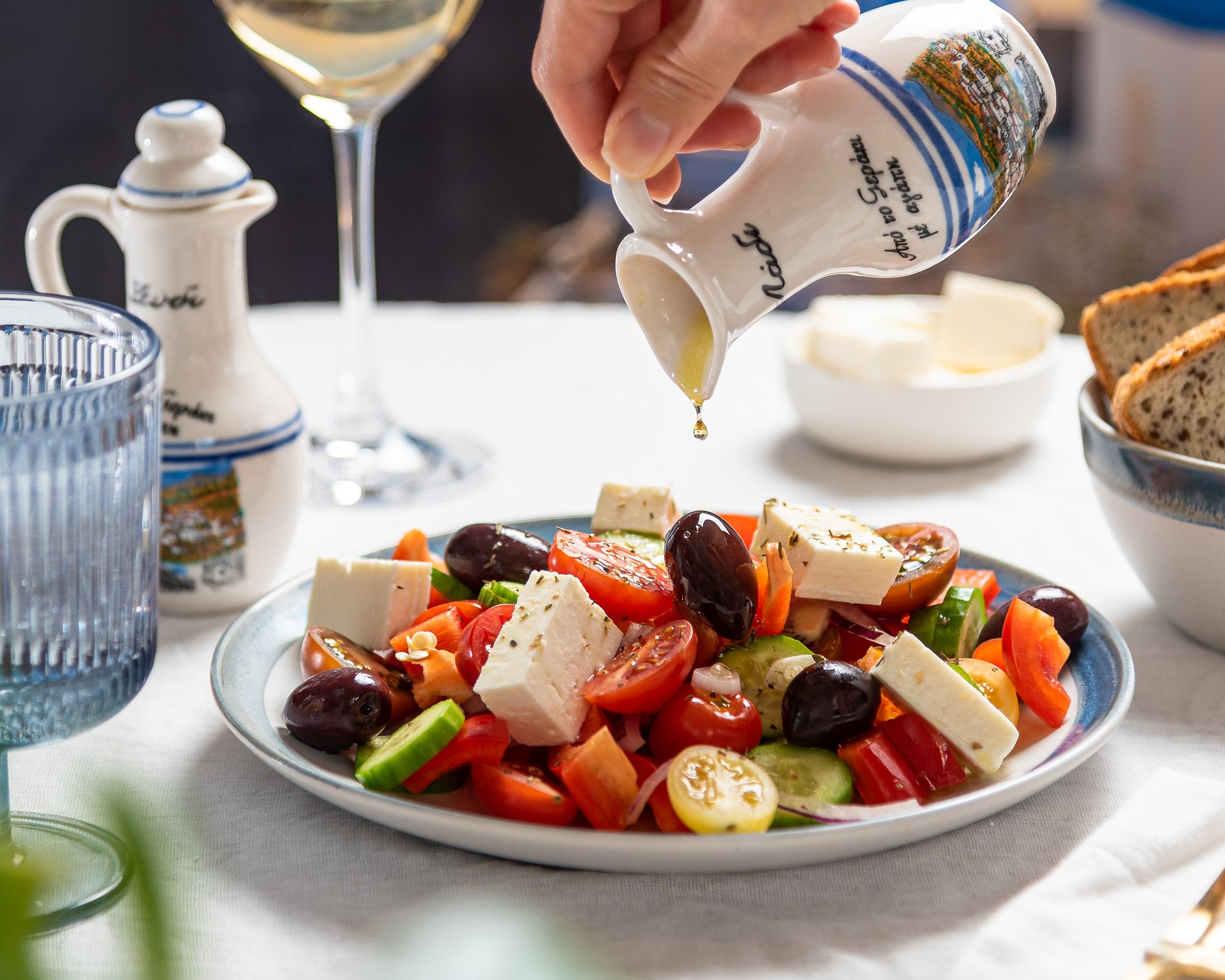Discovering the Marvels of Georgian Cuisine: An Uncharted Culinary Journey
Georgian cuisine, a hidden gem in the culinary world, is a delightful fusion of flavors, colors, and textures. From the hearty Khachapuri to the delicate Churchkhela, it's a gastronomic journey that challenges the palate with its diverse range and depth of flavors. Let's embark on this uncharted culinary adventure and discover the marvels of Georgian cuisine.

A Brief History of Georgian Cuisine
Georgian cuisine has a rich history that spans centuries. The region’s diverse geography, from mountain ranges to fertile valleys, has influenced the variety of dishes in Georgian cuisine. The Silk Road also introduced unique spices and cooking techniques into Georgian kitchens, resulting in a fusion of flavors that is distinctively Georgian.
The Pillars of Georgian Cuisine: Wine and Bread
Georgia is known as the birthplace of wine, with a viticulture history that goes back over 8000 years. Wine is central to Georgian feasts, with unique grape varieties such as Saperavi and Rkatsiteli. Bread also holds a sacred place in Georgian culture, with traditional breads like Shotis Puri and Khachapuri served at every meal.
The Georgian Supra: A Feast for the Senses
The Georgian Supra, or feast, is an integral part of Georgian culture. These feasts are marked by an abundance of food, wine, and toasts. From succulent meats like Mtsvadi (Georgian barbeque) to refreshing salads like Badrijnis Khizilala (eggplant salad), a Supra is a true feast for the senses.
Georgian Sweets: A Delightful Endnote
Georgian sweets are as diverse as their savory counterparts. Churchkhela, a candle-shaped candy made from grape must, nuts, and flour, is a popular treat. Tklapi, a dried fruit leather, and Pelamushi, a grape pudding, are other delightful endnotes to a Georgian meal.
Unveiling the Secrets of Georgian Spices
Georgian cuisine is known for its unique blend of spices. Khmeli Suneli, a mix of coriander, fenugreek, marjoram, and other spices, is a staple in Georgian kitchens. Blue fenugreek and Svanetian salt are other unique spices that give Georgian dishes their distinctive flavor.
-
Georgian cuisine is one of the oldest and richest in the world, dating back over 8000 years.
-
The traditional Georgian wine-making method using Kvevri (clay jars) is included in the UNESCO Intangible Cultural Heritage Lists.
-
Khachapuri, a cheese-filled bread, is one of the national dishes of Georgia.
-
Supra, the Georgian feast, is often led by a Tamada, or toastmaster, who guides the series of toasts throughout the meal.
Exploring Georgian cuisine is like venturing into a treasure trove of culinary delights. It’s a gastronomic journey that engages all your senses, leaving you with an enriched understanding of this lesser-known cuisine. As we conclude this culinary adventure, we hope you’re inspired to discover and savor the rich flavors of Georgian cuisine.




